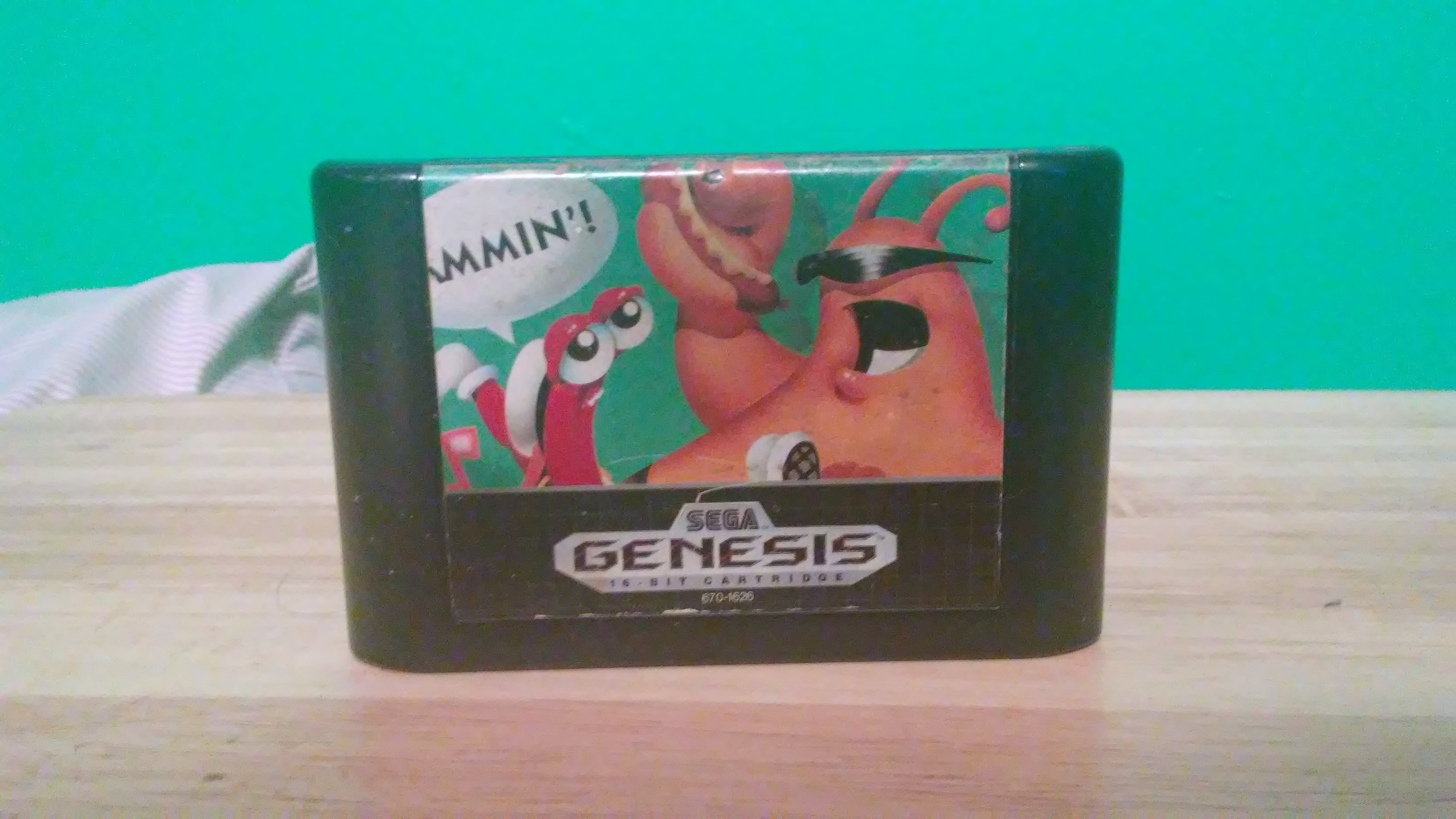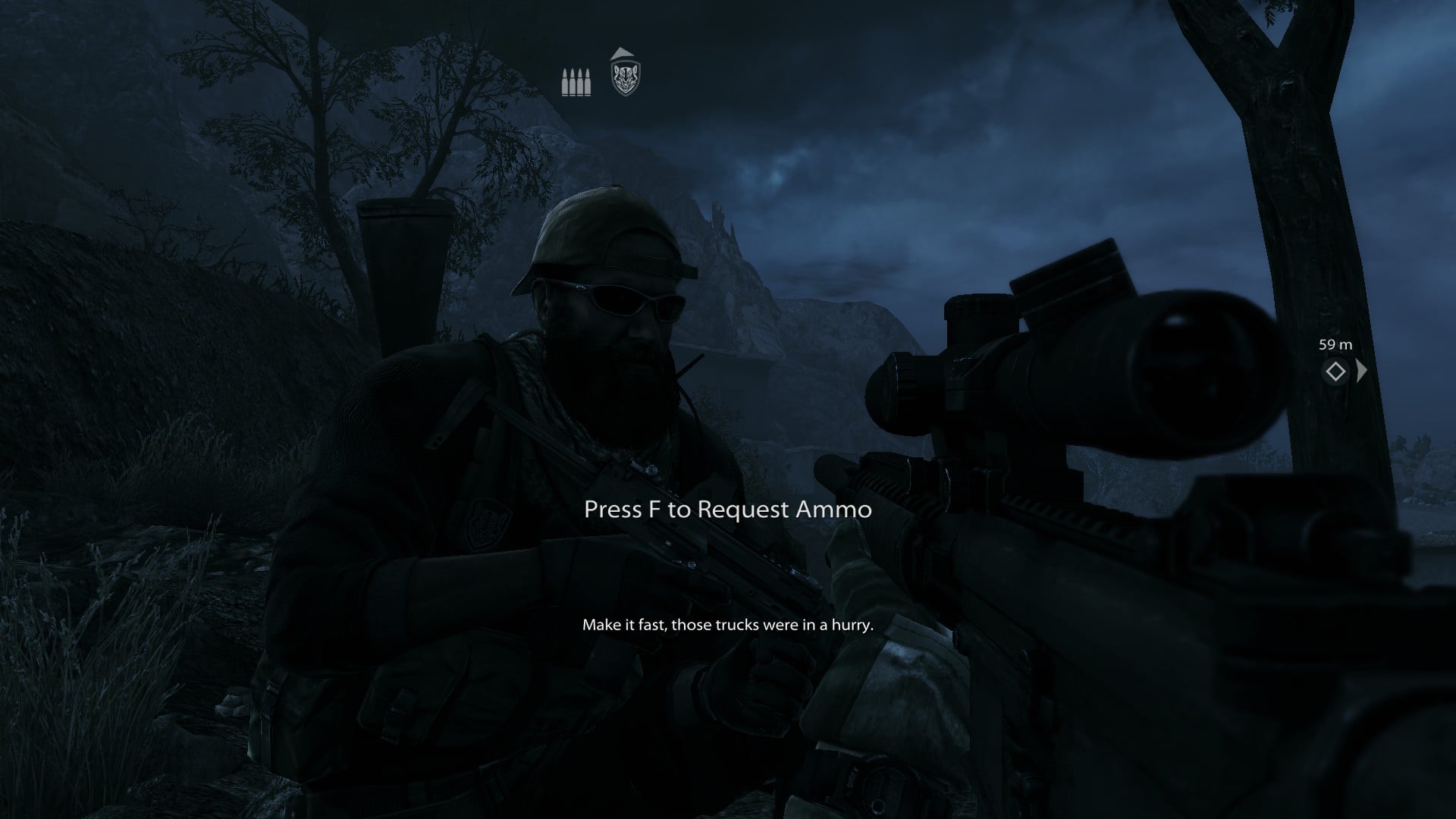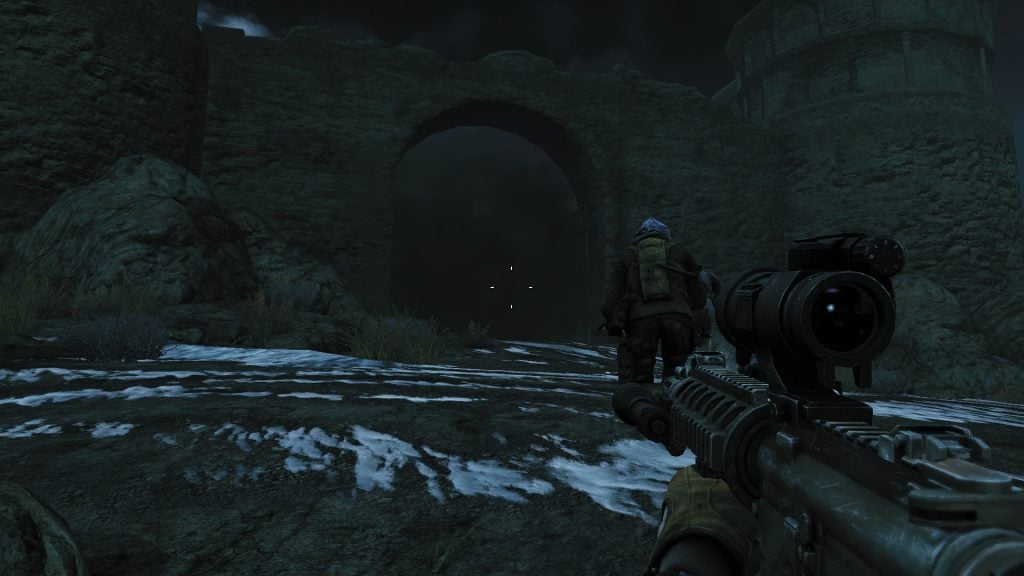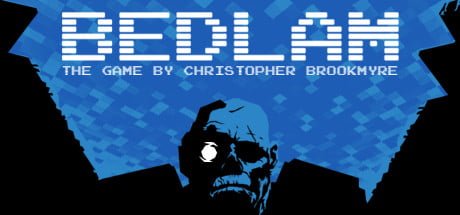(CONTENT WARNING: This post will go briefly into serious subjects, such as cancer and death.)
My mom was into video games for a really long time. Played the Atari 2600 before I was born, played stuff like Super Mario Bros. 3, Monopoly, and Sonic the Hedgehog 2 when I was young; we were both also hardcore You Don’t Know Jack fans, owning practically every edition that came out. She was really into fairly casual games, such as when DirecTV had a channel specifically for playing casual puzzle games. FarmVille 2 was something she was really into in the past few years.
By the time the Nintendo 64 came around in the mid ‘90s, the complexity of Super Mario 64 alongside the bizarre three-prong controller pushed her away from most console video games until we got a Wii in 2009. She still played Jack and the aforementioned casual games, but nothing particularly complex.
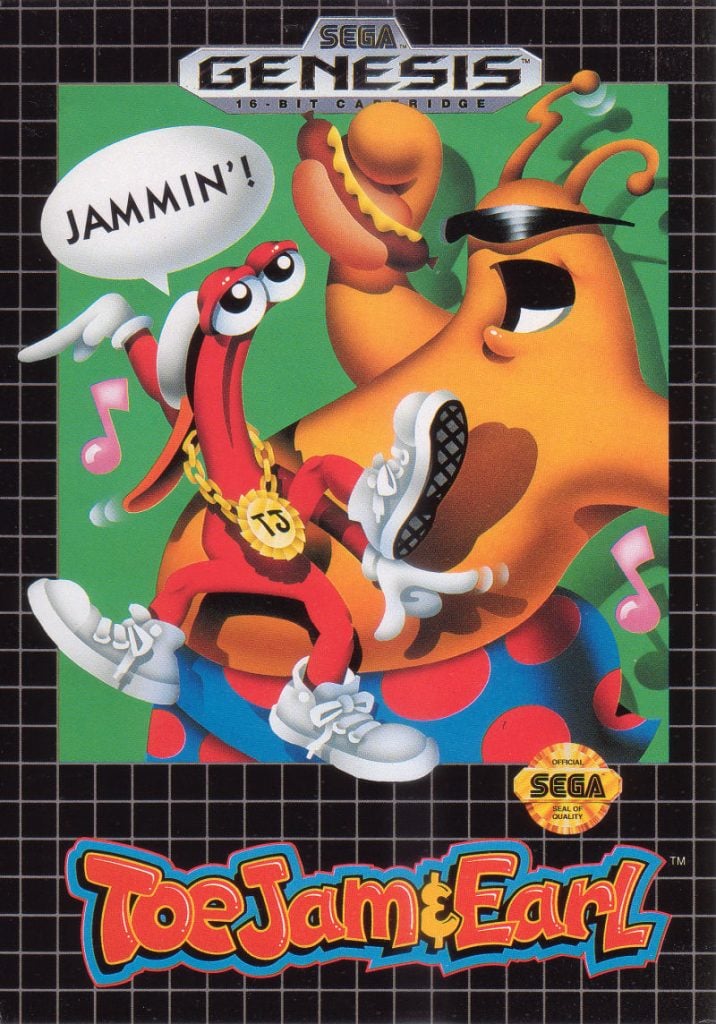
Yet out of the many games she played, there was one game, a 16-bit classic, that she was really into, one that you wouldn’t expect considering the other games I mentioned. That game was the wonderfully Jammin’ ToeJam and Earl.
An exploration-based game where the titular ToeJam and Earl travel through various areas on planet earth to recover the pieces of their destroyed ship, ultimately to get back to Planet Funkotron. This was developed by Johnson-Voorsanger Productions, a couple of guys who had previously worked at Toys for Bob on the Star Control series of games.

ToeJam and Earl on the surface is a fairly simple game: Find ship pieces in specific levels without running out of lives from various hazards. Yet there’s also a bit of complexity: one could play with a fixed world of 25 stages, or a random set of levels that could be a cakewalk or a punishing challenge. Along the way, our heroes must avoid the aforementioned hazards such as bees, crazy dentists and hula girls while finding the elevator to the next floor. The two also have presents they can open to give items that could help or hinder progress, from defensive weapons like tomatoes and rose bushes to hazards like school books, rain clouds, and present randomizers.
Since the elements of presents and ship pieces could change from game to game, ToeJam and Earl is practically a rogue-like, where not every game plays the same. Pretty damn impressive for 1991.


